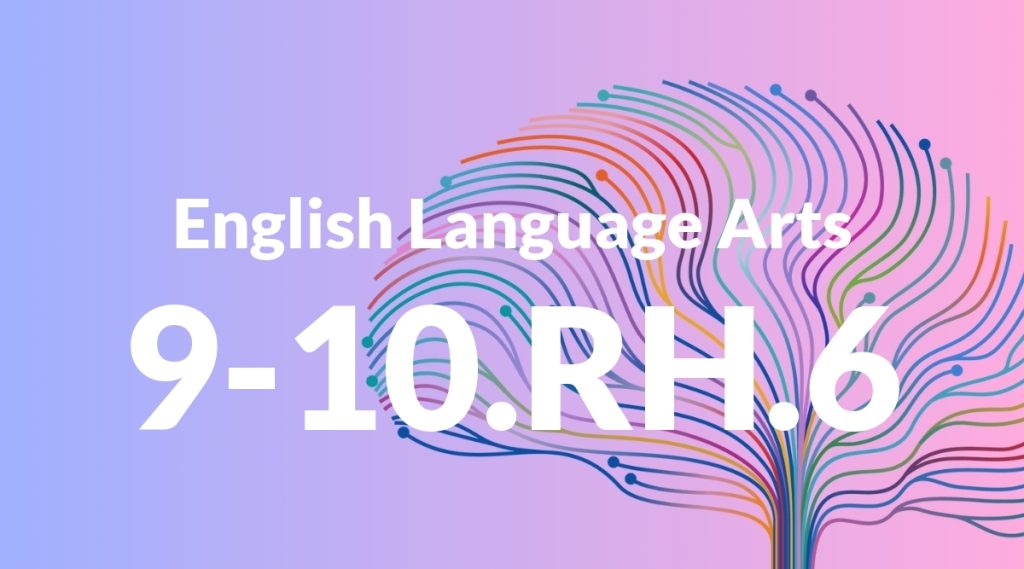Standard: 9-10.RH.6 – Compare the point of view of two or more authors for how they treat the same or similar topics, including which details they include and emphasize in their respective accounts.
Grade level: Grade 9-10
Subject: English Language Arts
Domain: History/Social Studies
Teacher Overview
This standard emphasizes the importance of understanding how different authors approach the same or similar topics, focusing on the details they choose to include and emphasize. This skill is crucial for developing critical thinking and analytical abilities, which are essential for success in both academic and real-world contexts. Students should be comfortable identifying main ideas and supporting details in a text, as well as understanding an author’s purpose and point of view.
After mastering this standard, students will be able to critically evaluate multiple sources and synthesize these perspectives into a cohesive analysis. They will also develop skills in forming and defending their own interpretations based on evidence from various texts.
Common Misconception 1
A common misconception is that all authors present facts in the same way. This is incorrect because authors often bring their own biases, perspectives, and intentions to their writing, which can influence how they present information.
Intervention 1
To address this misconception, provide students with texts that present the same event or topic from different perspectives. Have them identify specific language choices and details that differ between the texts.
Common Misconception 2
Another misconception is that differing points of view mean one author is wrong and the other is right. This is incorrect because different perspectives can offer valuable insights and contribute to a more nuanced understanding of a topic.
Intervention 2
To address this misconception, use examples where multiple viewpoints are presented and discuss how each perspective adds to the overall understanding of the topic. Encourage students to appreciate the value of diverse perspectives.
Prerequisite Knowledge
Students should have a basic understanding of how to identify the main idea and supporting details in a text. They should also be familiar with the concept of an author’s purpose and point of view.
Subsequent Knowledge
After mastering this standard, students will be able to critically evaluate multiple sources of information and synthesize these perspectives into a cohesive analysis. They will also develop skills in forming and defending their own interpretations based on evidence from various texts.
Instructional Activities
- Have students read two articles on the same historical event from different sources and compare the authors’ perspectives.
- Assign a project where students create a Venn diagram to visualize the similarities and differences in the authors’ points of view.
- Facilitate a class discussion on how different textbooks present the same historical period and what this reveals about the authors’ perspectives.
- Use primary source documents from different authors to analyze how each author treats the same topic.




